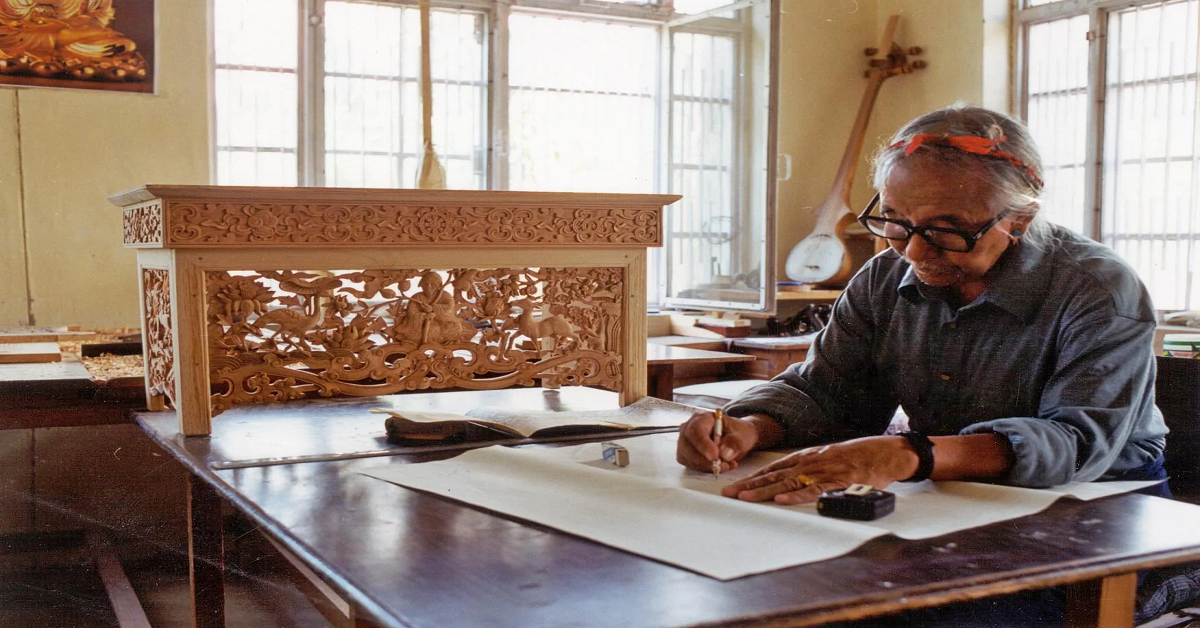What is Känätääj?
In a world buzzing with innovation and complexity. Sometimes we stumble upon simple yet profound concepts. That encapsulate the essence of human connection and understanding. Enter känätääj—a term that might seem foreign at first glance but holds immense significance in fostering empathy and harmony within communities.
Origins
To grasp the essence of känätääj, it’s essential to delve into its origins. This term traces back to the ancient traditions of the Finnish culture, where it symbolizes the act of empathetic listening and genuine understanding. Unlike mere passive listening, känä tääj emphasizes the art of truly absorbing and empathizing with another person’s experiences and emotions.
Känätääj in Practice
Picture this: you’re sitting with a friend, pouring your heart out about a recent setback at work. Instead of offering quick-fix solutions or distractedly nodding along, your friend engages in känätääj. They lean in, maintain eye contact, and immerse themselves in your narrative. Mirroring your emotions and validating your feelings. This is the essence of känä tääj—a profound exchange of empathy and understanding.
Benefits
The beauty of känätääj lies in its transformative power. By embracing this practice, individuals cultivate deeper connections. And forge stronger bonds with those around them. Känä tääj fosters a sense of belonging and validation. Paving the way for meaningful relationships and enhanced emotional well-being.
Challenges
While the concept of känätääj holds immense potential for enriching human interactions, it’s not without its challenges. In a fast-paced world dominated by distractions and superficial interactions. Carving out space for authentic känä tääj can be daunting. Overcoming societal norms and personal. Barriers requires dedication and perseverance.
Strategies
So, how can we incorporate känätääj into. our daily lives amidst the hustle and bustle of modernity?. It starts with a conscious effort to prioritize presence and empathy in our interactions. Whether it’s through active listening, empathetic gestures, or genuine curiosity. Small steps can pave the way for profound connections.
Examples
To illustrate the power of känätääj. let’s consider a scenario from everyday life. Imagine a team meeting. Where a colleague shares their struggles with balancing work and personal commitments. Instead of brushing off their concerns or offering unsolicited advice. The team practices känä tääj creating a safe space for vulnerability and mutual support.
Känätääj in Modern Society
In today’s interconnected world, the relevance of känätääj transcends cultural boundaries. While its roots may lie in Finnish tradition, the principles of empathetic listening and genuine understanding resonate universally. From intimate conversations to global initiatives, känä tääj serves as a guiding light in fostering empathy and compassion.
Conclusion
In conclusion känätääj embodies the essence of human connection. A timeless practice that transcends language and culture. By embracing the art of empathetic listening and genuine understanding. We can cultivate deeper connections, foster empathy. And create a world where every voice is heard and valued.
FAQs
1. What does “känätääj” mean? Känä tääj is a Finnish term that represents the act of empathetic listening and genuine understanding.
2. How do you pronounce “känä tääj”? “Känä tääj” is pronounced as “kay-nah-tah-yuh.”
3. Can anyone practice känä tääj? Absolutely! Känä tääj is not bound by culture or language—it’s a practice that anyone can embrace to enhance their interpersonal connections.
4. What are some benefits of practicing känä tääj? Practicing känätäj can lead to deeper connections, enhanced empathy, and improved emotional well-being.
5. How can I incorporate känätäj into my daily life? Start by prioritizing presence and empathy in your interactions. Practice active listening, engage with curiosity, and validate others’ experiences and emotions.
